The beaver dam is back along Sonoma Creek in Maxwell Farms Regional Park, after winter storms washed away the previous dams, as usual.
We can find beaver dams here and there in the Sonoma Valley watershed, and the ecological benefits include slowing and storing water to help prevent erosion, and providing habitat for fish, frogs and multiple aquatic species.
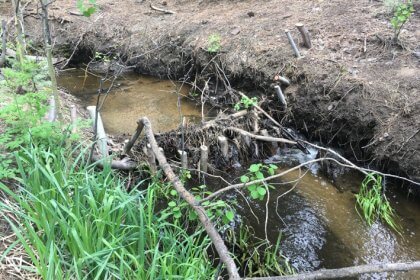
Example of a BRAT beaver dam
But what about places where beaver dams could help restore and improve watersheds, and yet there are no beavers? That’s where the new Beaver Restoration Assessment Tool, or BRAT, comes in. It is an innovative planning tool designed to assess the potential for beaver dams as a stream conservation and restoration agent across watersheds. The idea is to install man-made beaver dams to replicate the ecological effects of natural beaver dams. Putting branches and limbs across a tributary, modeled on beaver dams, can provide spectacular benefits for people, fish, and fire breaks, according to Glen Ellen environmental consultant Karla Noyes.
Noyes is in the midst of researching and implementing the first BRAT projects in Sonoma Valley. Using her GIS technical skills and knowledge of our landscape, Noyes is working with conservation entities and private landowners to find the best spots for pilot projects that would introduce man-made beaver dams in key locations.
The fascinating PowerPoint presentation she gave me describes how the program works. “At the heart of BRAT,” it states, “is a capacity model that estimates the upper limit of dam density (dams per kilometer) for individual stream reaches throughout a drainage network. It predicts where beavers could build dams and to what extent. This focus on dam-building activity is crucial because it’s the ecosystem engineering role of beavers that we’re typically most interested in.”
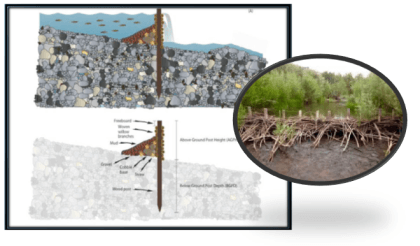
A man-made BRAT beaver dam
Noyes got interested in the potential for using BRAT in Sonoma Valley while studying environmental science and GIS applications at Santa Rosa Junior College.
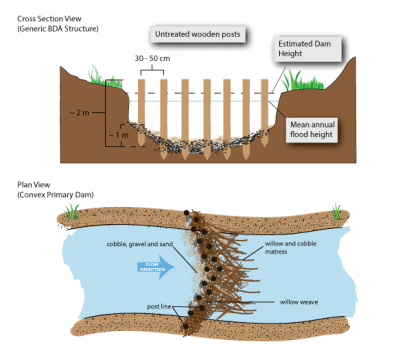
Schematic of a BRAT installation
She has mapped potential sites for beaver dams using the BRAT modeling in the Sonoma Valley Wildlife Corridor, and on many of the perennial and seasonal streams that empty into Sonoma Creek. The potential benefits of putting in the beaver dams before the beavers include:
Reintroduction and Conservation: By combining capacity and potential risk, researchers and resource managers can determine where and at what level reintroduction of beavers, or conservation efforts, are appropriate.
Risk Assessment: BRAT helps assess potential risks and constraints related to existing resources and proximity to infrastructure.
Vision for Watersheds: BRAT provides a vision of what watersheds could be if beavers were allowed to return, increasing resilience to drought, fire, and climate change.
The use of the “analog” beaver dams has proven successful around the U.S. in helping restore creeks and wetlands and improving wildfire resiliency to landscapes. It has worked so well in many places that the U.S. Fish and Wildlife Service provides free technical and financial assistance to landowners, managers, tribes, corporations, schools and nonprofits interested in improving wildlife habitat on their land through the use of beaver dam “technology.”
Noyes is eager to share the BRAT model with land management entities and property owners, for them to try installing the dams. Noyes can connect willing landowners with the BRAT program and help implement a pilot project to get beaver dams back on the land. She can be reached at KarlaJNoyes@gmail.com
What a wild Valley!
For more on local beavers, see the Wild Valley column of October 17, 2023. https://sonomasun.com/2023/10/17/beavers-are-an-ecosystem/

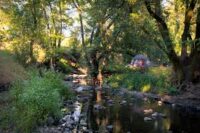
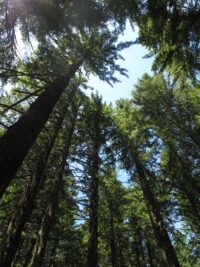
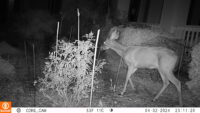

Be First to Comment